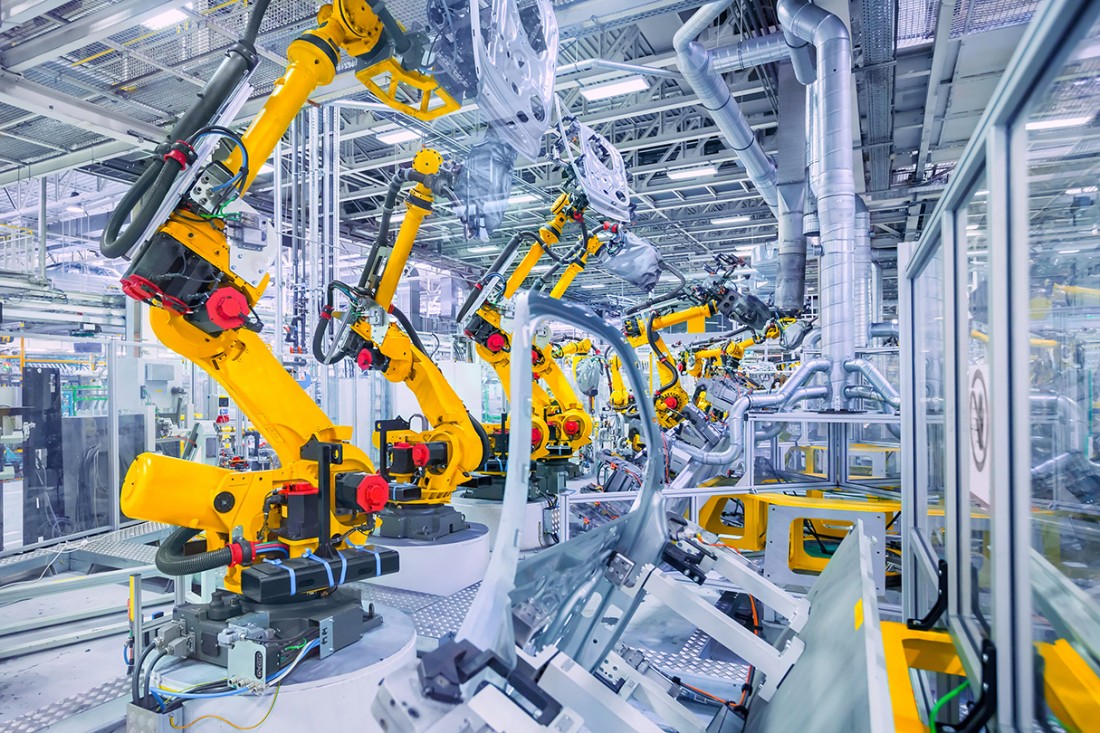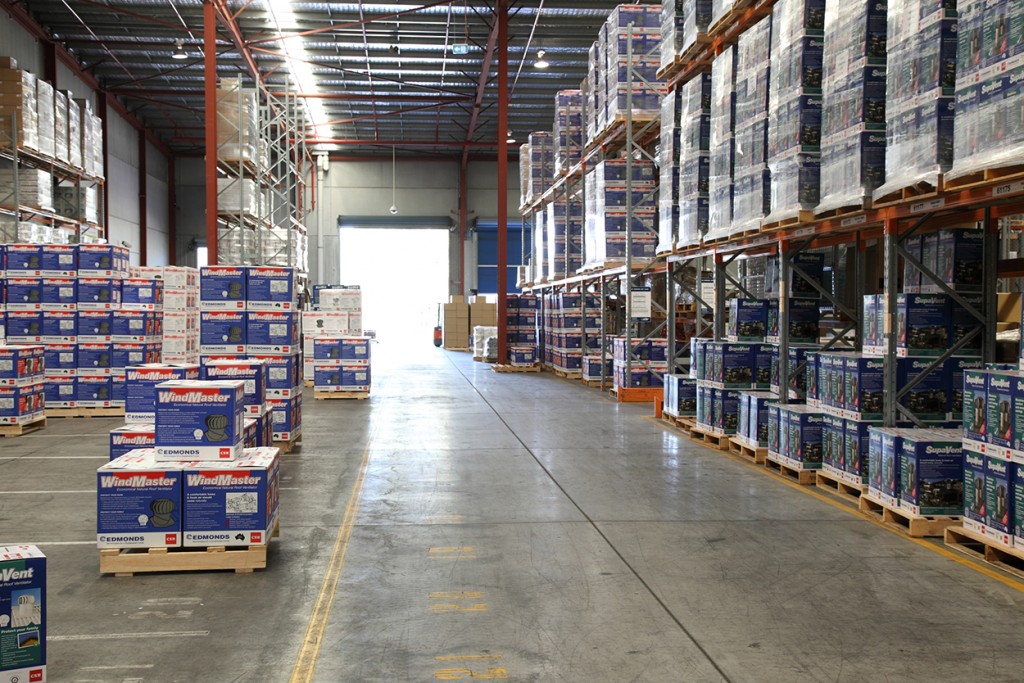Indoor Air Quality In The Workplace

Indoor air quality (IAQ) is the condition of air inside a building affected by a variety of factors that contribute to the health and comfort of the employees. It is important to maintain a high quality of indoor air. If IAQ is poor, this can have negative effects on the health and well-being of employees and the company’s assets.
It’s commonly known that when IAQ is ineffectively managed this can adversely affect the comfort of employees which decreases their well-being and productivity. However, what is less commonly discussed is the health risk employees are exposed to from pollutants and volatile organic compounds (VOCs) emitted from equipment and machinery. Additionally, heat from inadequate IAQ can also reduce the functionality of machinery and vehicles in factories. For example, heat increases engine wear in forklifts and, in extreme heat, can cause them to stop operating.
The biggest contributors of IAQ include outdoor conditions, pollutants, air conditioning and even people. There are a variety of ways to improve IAQ and protect the welfare of employees and company assets in both a commercial and industrial setting. Generally, the best way to improve IAQ is to replace indoor air with fresh, outside air.
What are the causes?
Due to the nature of industrial buildings, limited amounts of insulation are utilised in the building’s design. This makes them susceptible to outdoor conditions such as heat and humidity which can create uncomfortable indoor conditions. Machinery and equipment like forklifts also contribute to poor IAQ as they emit pollutants and VOCs.
IAQ issues are also a common problem for commercial offices spaces – often impacted by the use of equipment such as printers and data-centres. These elements, combined with poor air flow, produce heat which raises the office temperature, reducing employee comfort. Additionally, cleaning agents used in to clean the office are also known to emit pollutants and VOCs, decreasing IAQ.
Although air conditioning systems are commonly used to provide comfort, an improperly maintained system may decrease IAQ. Pollutants and bacteria from communicable diseases may recirculate back into the building and increase the chance of making the people in the building sick.
Additional to building design, machinery, equipment and air conditioning, employees themselves play a role in contributing to poor indoor conditions. Metabolic waste, such as respiration and perspiration, raises temperature and humidity levels in the office. Fragrances and cigarette smoke can also reduce occupant comfort and in some cause can cause allergic reactions.

Improve IAQ
Control levels of heat and humidity With the extreme heat Australia experiences each year, insulation is a key component in regulating the temperature of a building to effectively manage thermal comfort. In cooler months, insulation keeps in warm air and in summer, prevents hot air from entering a building. When used with ventilation, heat and humidity is effectively managed, cooling indoor conditions.
Control sources of pollutants Computers, printers and other heat-producing equipment should be kept in cool, temperature controlled areas of the office. Equipment such as 3D printers should be contained in well-ventilated areas to reduce and remove VOCs and other pollutants.
When exposure to pollutants is unavoidable, for example in factories, employees should ensure safety equipment is worn. Glasses, face masks, gloves and other necessary safety wear will reduce direct contact to pollutants and protect employees.
Open doors and windows Opening office windows is one way of effectively improving IAQ. In a factory, open roller doors to allow fresh air to remove pollutants and VOCs.
Use ventilation In some commercial offices where it’s not possible to open windows, ventilation systems are an ideal alternative. Ventilation replaces air polluted with chemicals and bacteria with fresh air, which is especially important in factories to remove VOCs emitted from heavy machinery.
Consider installing an Air Purifier In more extreme cases when poor IAQ persists, air purifiers may be an effective solution. As air flows through the purifier, pollutants are filtered and clean air is released. This option may be especially necessary if employees are affected by allergies or asthma.
Bottom line
Improving indoor air quality contributes to a healthier workplace for employees and is an indirect form of insurance helping to protect people and machinery. Maintaining IAQ to a high standard is easily implemented by insulating, ventilating, opening doors and windows and possibly investing in an air purifier.
